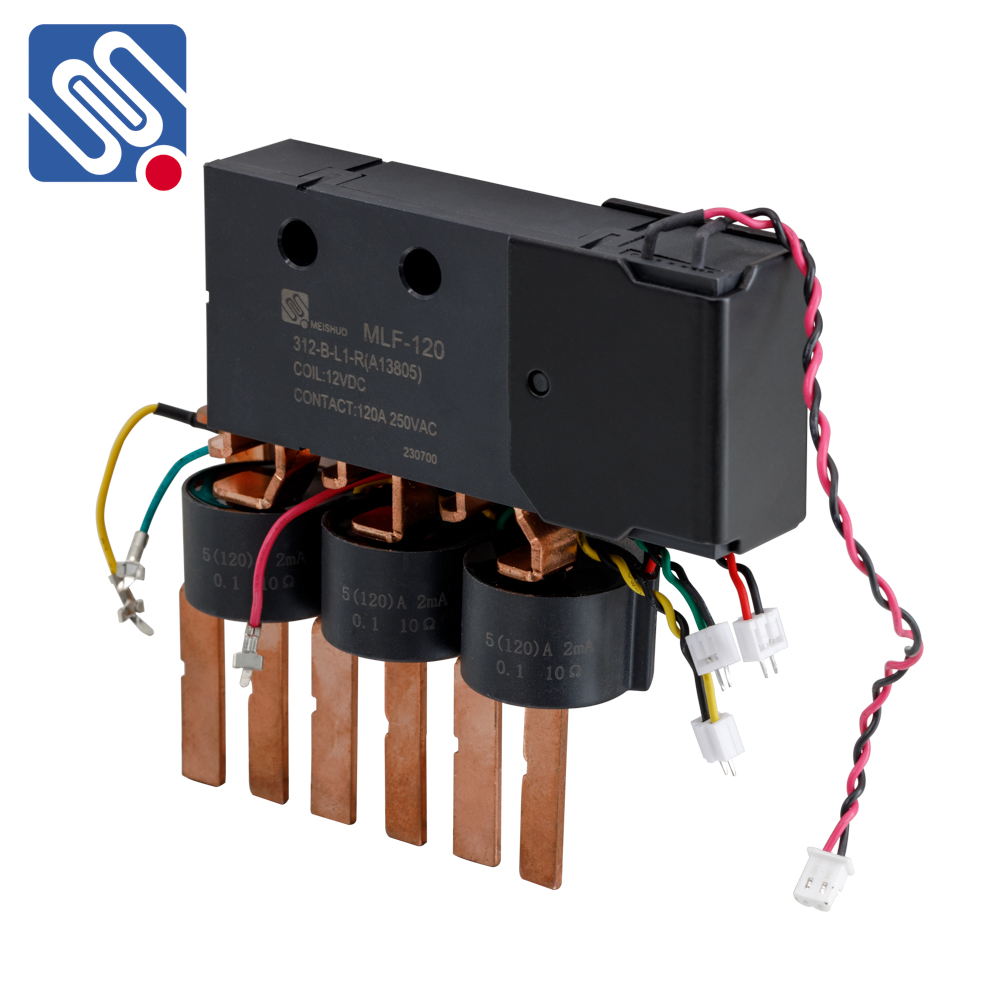understanding relay assembly: a critical component in electrical systems
Release time:2025-11-19 01:25:44
Relay assembly is a fundamental process in the construction of electrical systems, where relays are used as switches to control the flow of electricity. These electromechanical devices are vital in automating electrical control and protection processes. Whether in industrial machinery, automotive systems, or home appliances, relay assembly ensures that electrical circuits function reliably and efficiently. This article delves into the importance of relay assembly, its key components, and the steps involved in assembling a relay.

The Importance of Relay Assembly
At its core, a relay is an electrically operated switch that allows one circuit to control another circuit. Relays are used to control high-power devices with low-power signals, making them a crucial component in many electrical systems. They serve to prevent damage by controlling the flow of current in response to specific signals or conditions, such as overload or temperature extremes.
Relay assemblies are widely used in industrial automation, automotive electronics, power distribution, and telecommunications. In automation, for example, relays are used to control motors, lights, or alarms based on sensor inputs, thus enabling complex control systems to operate autonomously. In automotive systems, relays ensure that components such as headlights, windshield wipers, and electric windows are safely controlled without overloading circuits. Similarly, in power systems, relays provide overcurrent protection by interrupting the flow of electricity when it exceeds a safe limit.

